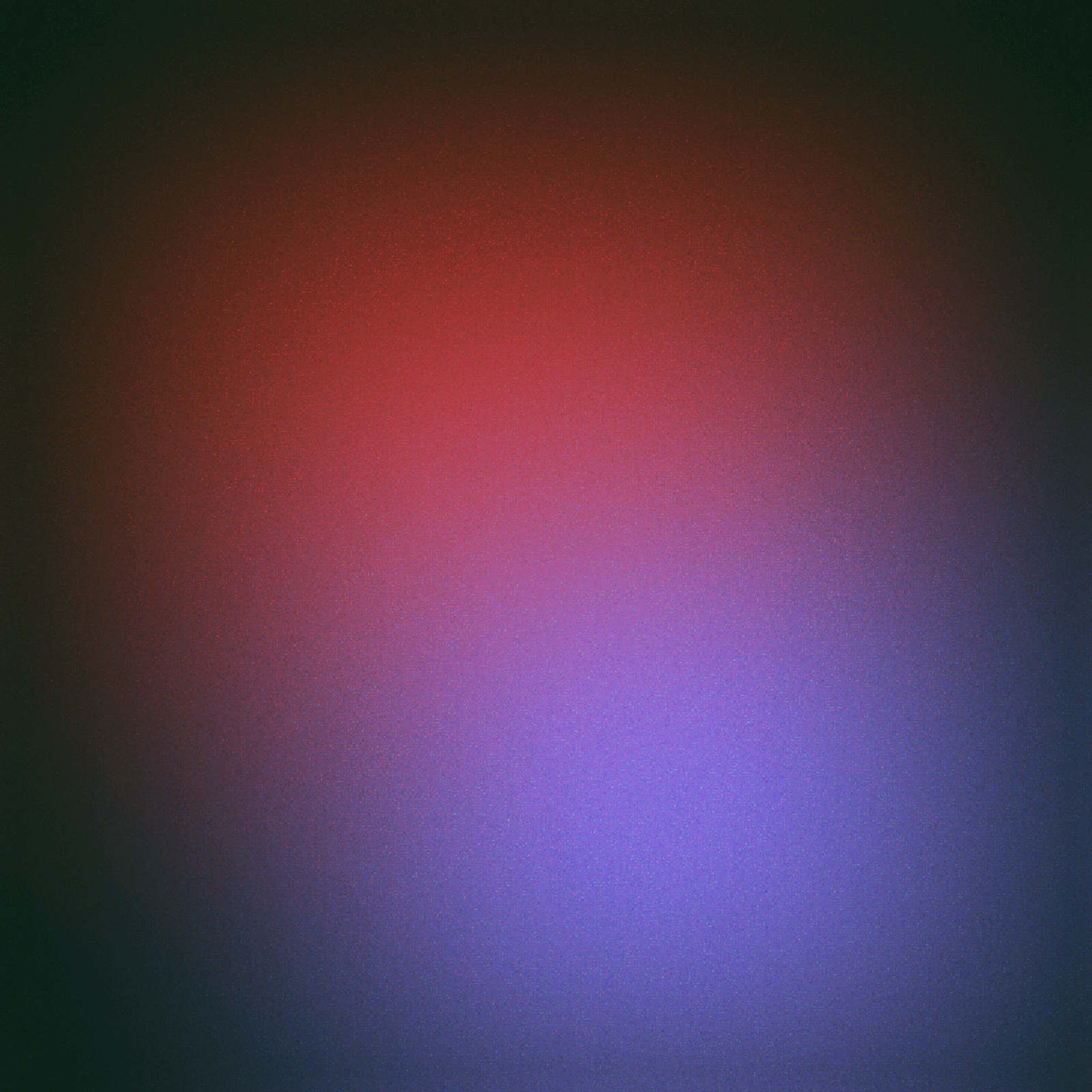
Virtual Reality
•
Interactive Systems
•
3D Visuals
Apr 2023
MindVR
MindVR
Academic Project
Academic Project
✨Project Highlight
✨Project Highlight
This project includes a 3D modeled environment along with custom animations for guiding users.
Timeline
Timeline
Mar 2023 - Apr 2023
Mar 2023 - Apr 2023
My Role
My Role
UX Designer, 3D Artist
UX Designer, 3D Artist
Tools
Tools
Figma
Blender 3D
Overview
Overview
This project seeks to help patients of severe Obsessive Compulsive Disorder to gain a means of decreasing the severity of their OCD to a level where they can go about their daily lives without being overwhelmed by the symptoms of their OCD.
Jump To:
The Background
The Background
To set the context, this service is not only used by the patient, but also their psychologists to assist in their therapy sessions. In order to facilitate this, I conducted some market research to understand the issues in the current systems implemented in XR-assisted therapy.
The first shortcoming was that the options for mental health therapy using XR were limited almost exclusively to patients of PTSD.
The second shortcoming was the accessibility of the available technology to both the patient and the psychologist.
Research
Research
To begin this project, I conducted secondary research, going through peer-reviewed research papers and articles, to gain a better understanding of phobias to try and reduce their severity via a Virtual exposure therapy session.
During my primary research, I interviewed students of psychology at Amity University, as well as Dr. Akhil Chopra, a psychiatrist from Dehradun, to understand their opinions of VR assisted therapy as well as the shortcomings that I may have to overcome.
I was informed by them that attempting to treat phobias in an unmonitored virtual environment may cause the patient to have potentially violent reactions and may lead to harm.
With this knowledge & some recommendations from the interviewees, I switched my focus of disorder to Obsessive Compulsive Disorder (OCD).
I then conducted secondary research about OCD and the possible ways to reduce its severity.
I learned about a concept in psychology called Cognitive Behavior Therapy, and a specific branch of it called Exposure Therapy.
In Exposure Therapy, the goal is to help the patient become more comfortable with the situation, and to learn coping strategies to manage their symptoms.
All my research into OCD and Exposure therapy, along with information about the interviews can be found at this Notion site.
To begin this project, I conducted secondary research, going through peer-reviewed research papers and articles, to gain a better understanding of phobias to try and reduce their severity via a Virtual exposure therapy session.
During my primary research, I interviewed students of psychology at Amity University, as well as Dr. Akhil Chopra, a psychiatrist from Dehradun, to understand their opinions of VR assisted therapy as well as the shortcomings that I may have to overcome.
I was informed by them that attempting to treat phobias in an unmonitored virtual environment may cause the patient to have potentially violent reactions and may lead to harm.
With this knowledge & some recommendations from the interviewees, I switched my focus of disorder to Obsessive Compulsive Disorder (OCD).
I then conducted secondary research about OCD and the possible ways to reduce its severity.
I learned about a concept in psychology called Cognitive Behavior Therapy, and a specific branch of it called Exposure Therapy.
In Exposure Therapy, the goal is to help the patient become more comfortable with the situation, and to learn coping strategies to manage their symptoms.
All my research into OCD and Exposure therapy, along with information about the interviews can be found at this Notion site.
See the Data Analysis
Immersion
Immersion
Immersion Techniques
Immersion Techniques
The user will be immersed in various virtual environments. The primary device used to access these environments will be their android/iOS mobile smartphones, along with the help of a Google Cardboard (or similar device). The aim of this choice is to make this experience more accessible to a wider demographic of people, and make it available for them from the comfort of their home.
The user will be immersed in various virtual environments. The primary device used to access these environments will be their android/iOS mobile smartphones, along with the help of a Google Cardboard (or similar device). The aim of this choice is to make this experience more accessible to a wider demographic of people, and make it available for them from the comfort of their home.



Defining Interactions In VR
Defining Interactions In VR
Being accessed only using a smartphone, there will be no external apparatus for the controls. To maintain usability for maximum users, the gyroscope on the phone will be used to allow for interactions with the virtual environment in VR.
Interactions will be limited to linear movements of the head to allow for better readability for gyroscopes with lower resolutions, along with helping reduce the strain on the user’s neck while performing these interactions.
Being accessed only using a smartphone, there will be no external apparatus for the controls. To maintain usability for maximum users, the gyroscope on the phone will be used to allow for interactions with the virtual environment in VR.
Interactions will be limited to linear movements of the head to allow for better readability for gyroscopes with lower resolutions, along with helping reduce the strain on the user’s neck while performing these interactions.


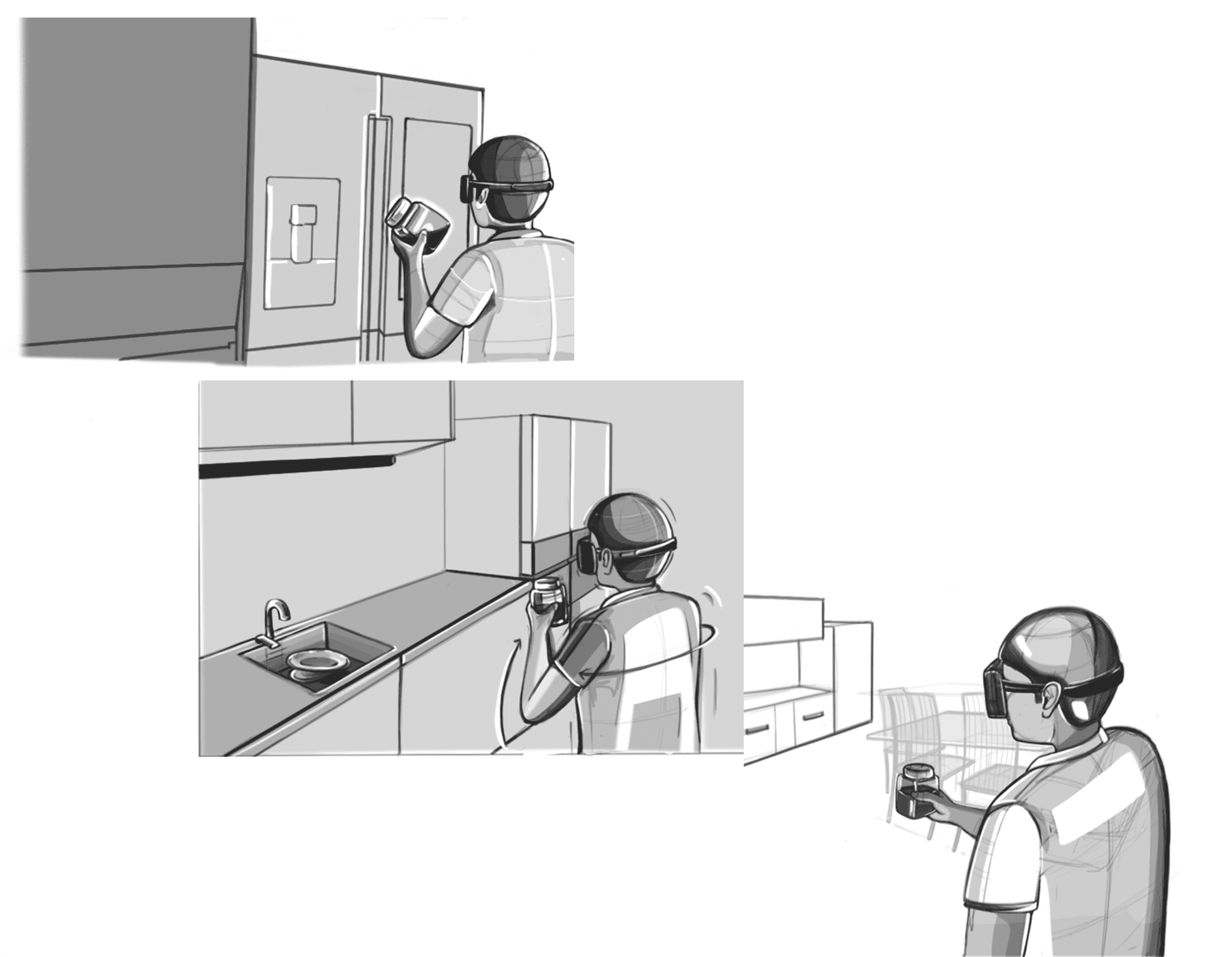

Hence, basic head movements would be needed to input interactions to the system. To define these movements to the user, I animated a Lego person in Blender to create lighthearted and playful animations.
Hence, basic head movements would be needed to input interactions to the system. To define these movements to the user, I animated a Lego person in Blender to create lighthearted and playful animations.
How the interactions were defined for the system
How will it work?
How will it work?
The OCD Patient will be placed in a virtual environment based on their psychologist's assignment. They will be given a simple, time sensitive task, and in their environment, a OCD triggering stimulus will be placed near the goal of their task.
When they approach & focus on the stimulus, the “Response Prevention” will be triggered, where a calming audio will be played along with subtle visual reminders to complete their current task & not engage with the stimulus.
Upon completion, a summary will be displayed to them, with data about how long it took them to complete the task & how well they were able to control themselves, along with motivational microcopy.
This data will also be shared with their psychologist for further evaluation.
The OCD Patient will be placed in a virtual environment based on their psychologist's assignment. They will be given a simple, time sensitive task, and in their environment, a OCD triggering stimulus will be placed near the goal of their task.
When they approach & focus on the stimulus, the “Response Prevention” will be triggered, where a calming audio will be played along with subtle visual reminders to complete their current task & not engage with the stimulus.
Upon completion, a summary will be displayed to them, with data about how long it took them to complete the task & how well they were able to control themselves, along with motivational microcopy.
This data will also be shared with their psychologist for further evaluation.
Execution
Execution
The Scenario
The Scenario
The user will be placed in a scene where they are sitting on a couch in the living room. They will then be asked to take an iced beverage to the fridge. The beverage will float alongside them while they move. Between the travel from the couch to the fridge, there will be a pile of dirty dishes in the sink, which will be the OCD triggering stimulus in this context. The user must not respond to this stimulus and move ahead with the task at hand, and reach the fridge.
The user will be placed in a scene where they are sitting on a couch in the living room. They will then be asked to take an iced beverage to the fridge. The beverage will float alongside them while they move. Between the travel from the couch to the fridge, there will be a pile of dirty dishes in the sink, which will be the OCD triggering stimulus in this context. The user must not respond to this stimulus and move ahead with the task at hand, and reach the fridge.
The Environment
The Environment

The virtual environment the user will move around in.
The virtual environment the user will move around in.
The Interfaces
The Interfaces
There are three interfaces to facilitate interactions with this system:
The user side mobile app
The doctor side mobile app
The VR Interface
There are three interfaces to facilitate interactions with this system:
The user side mobile app
The doctor side mobile app
The VR Interface
The interface for the patient's use case.
The interface for the patient's use case.
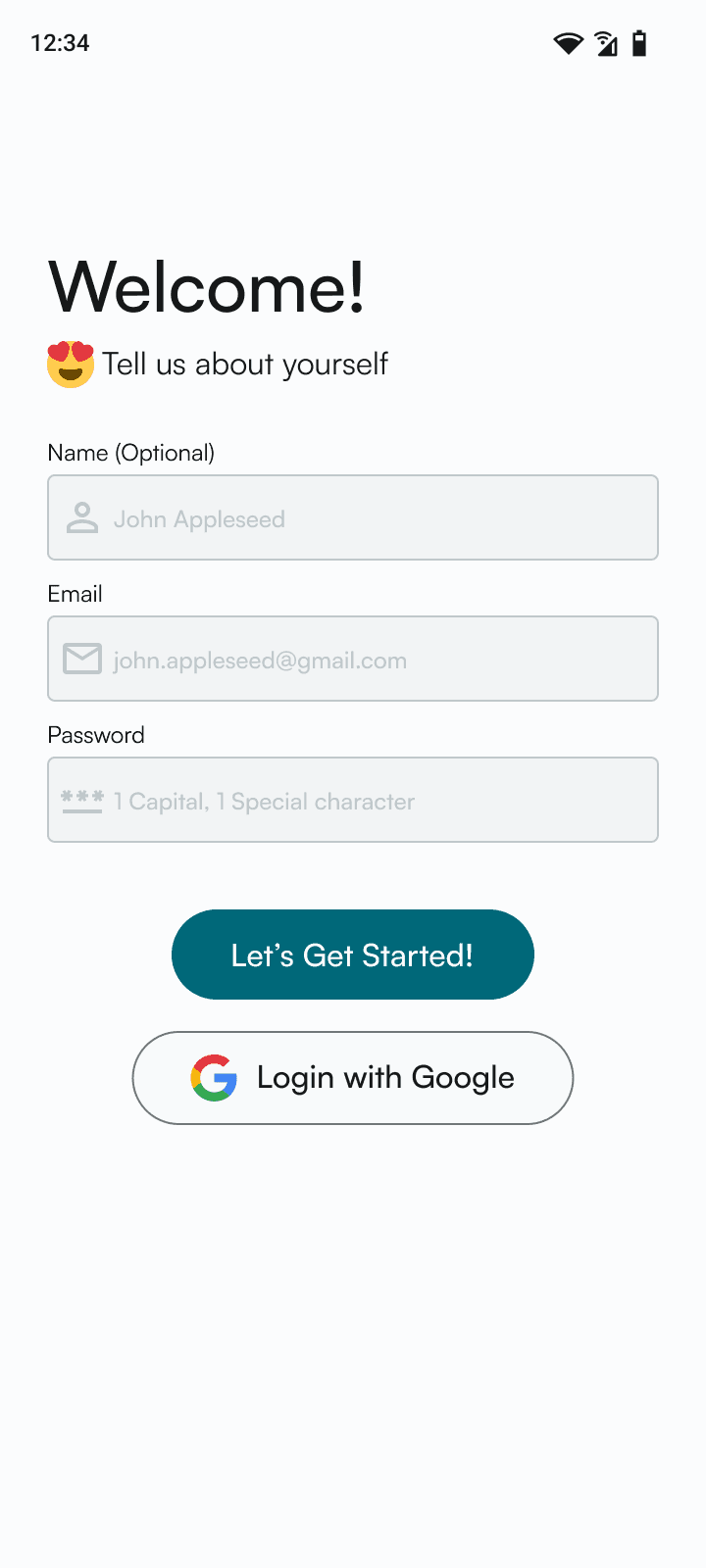



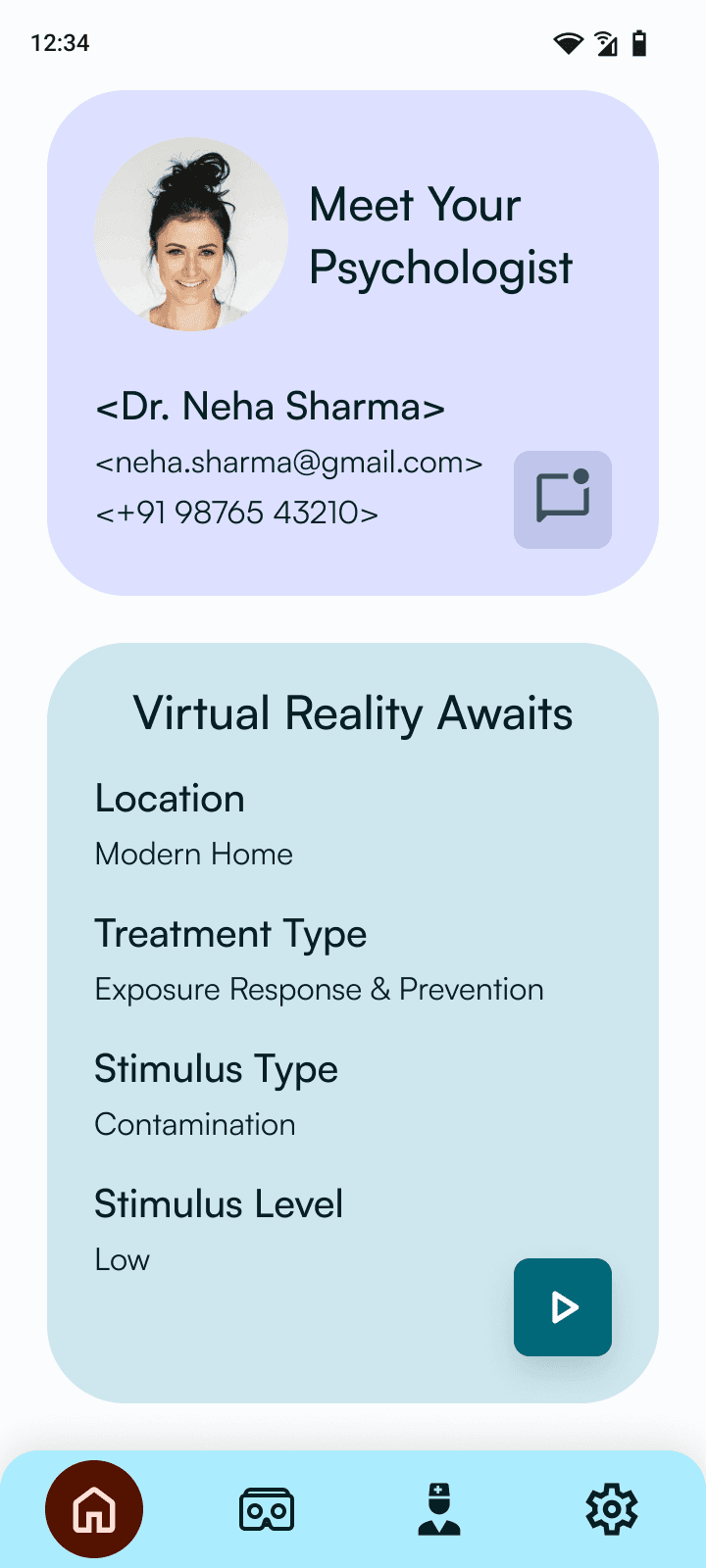

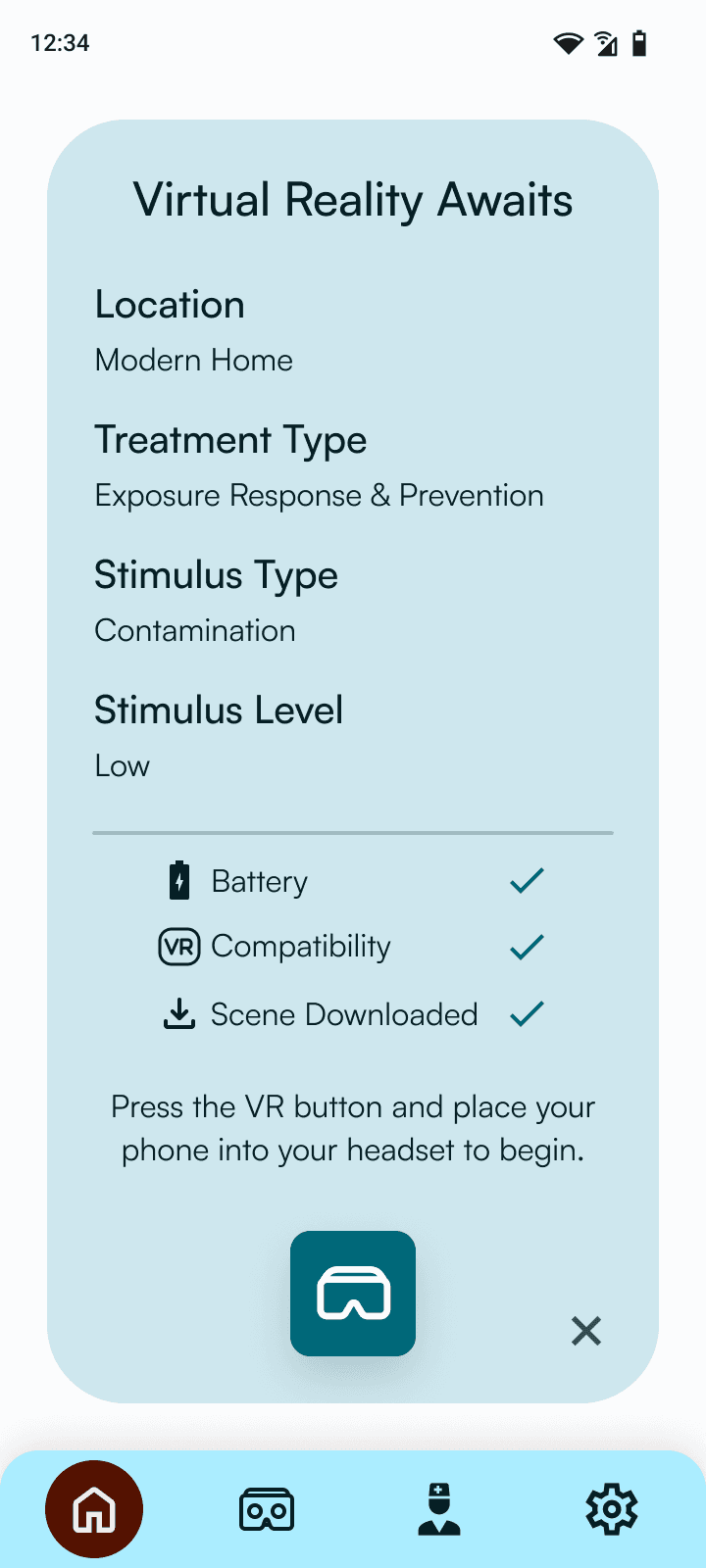

The interface for the psychologist's use case.
The interface for the psychologist's use case.






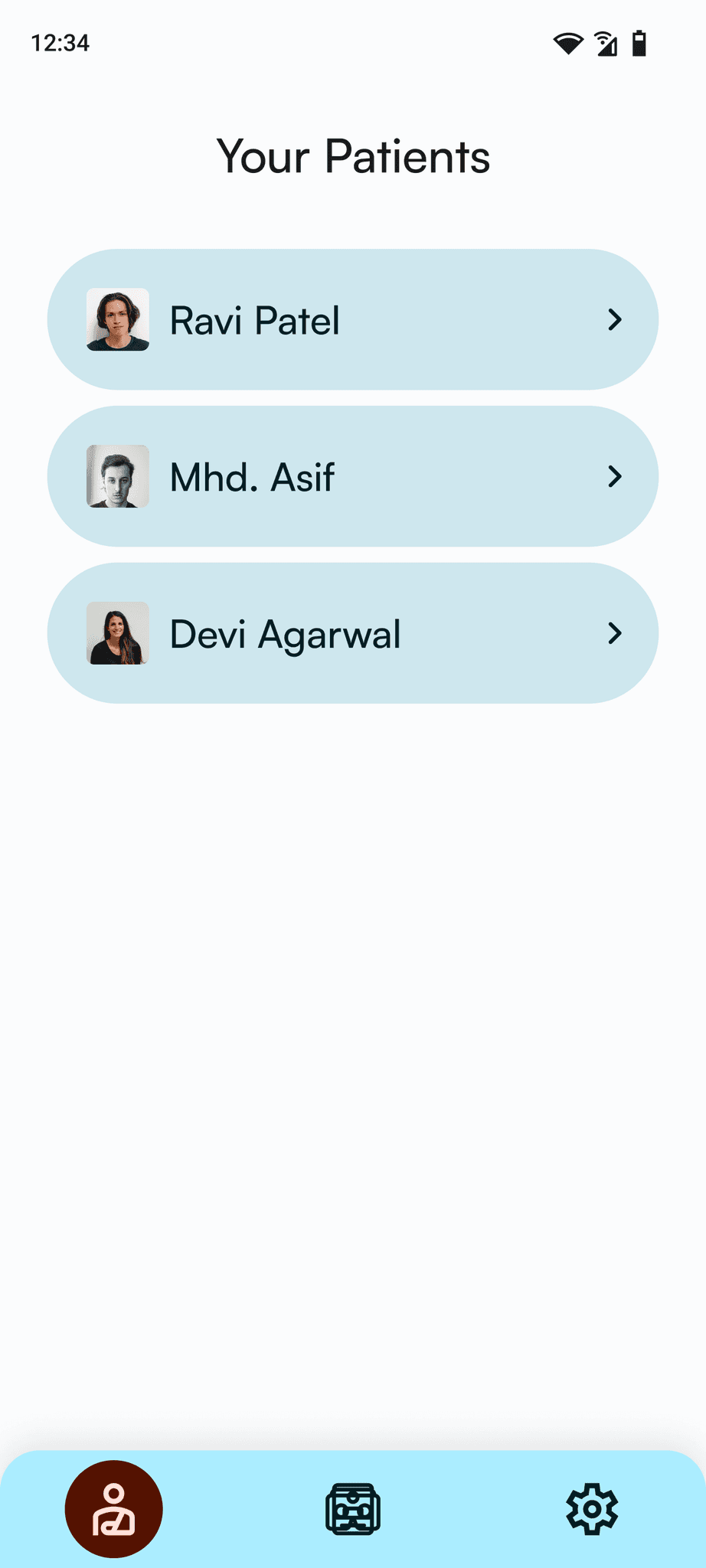


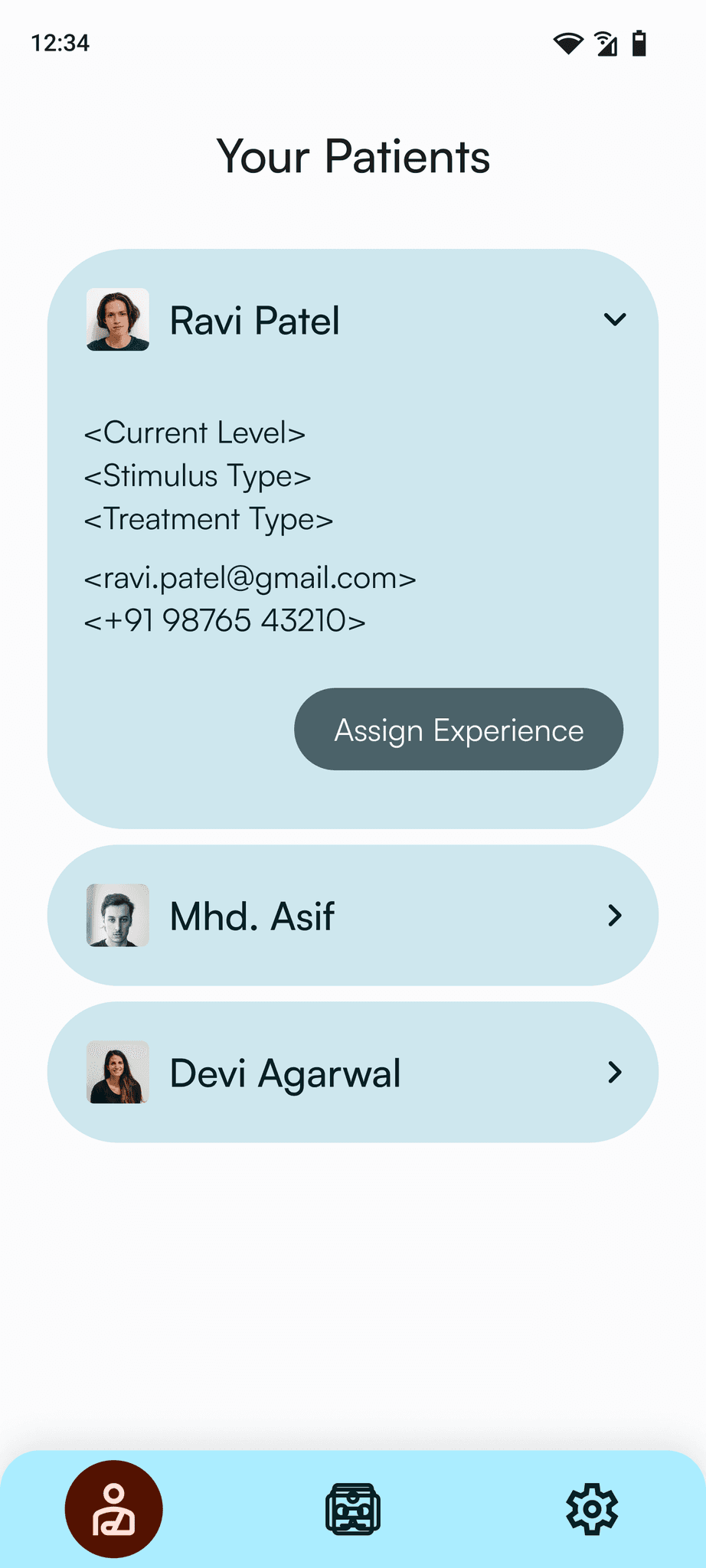





The VR Interface within Google Cardboard (Visualized in Blender)
The VR Interface within Google Cardboard (Visualized in Blender)
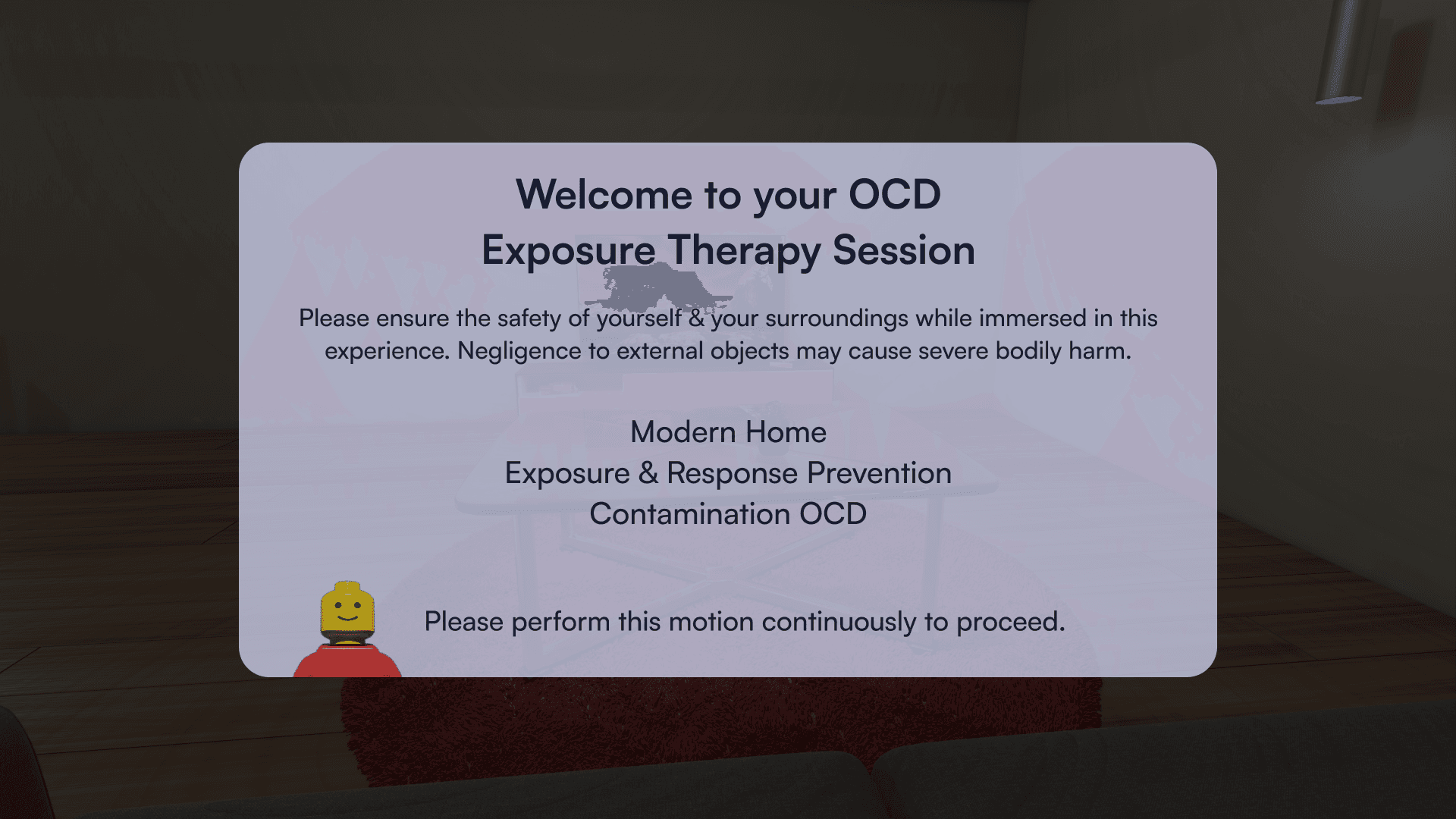








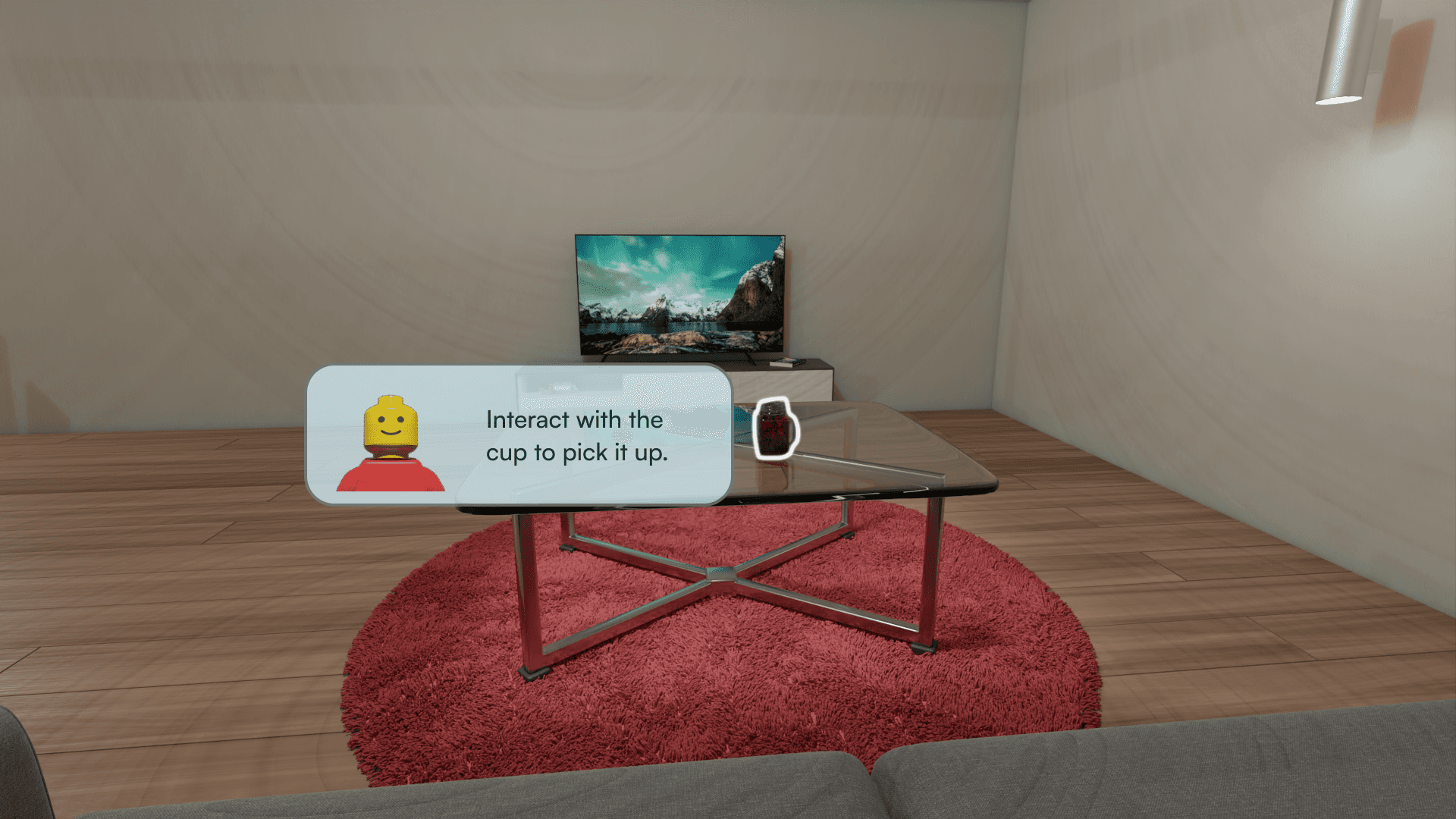


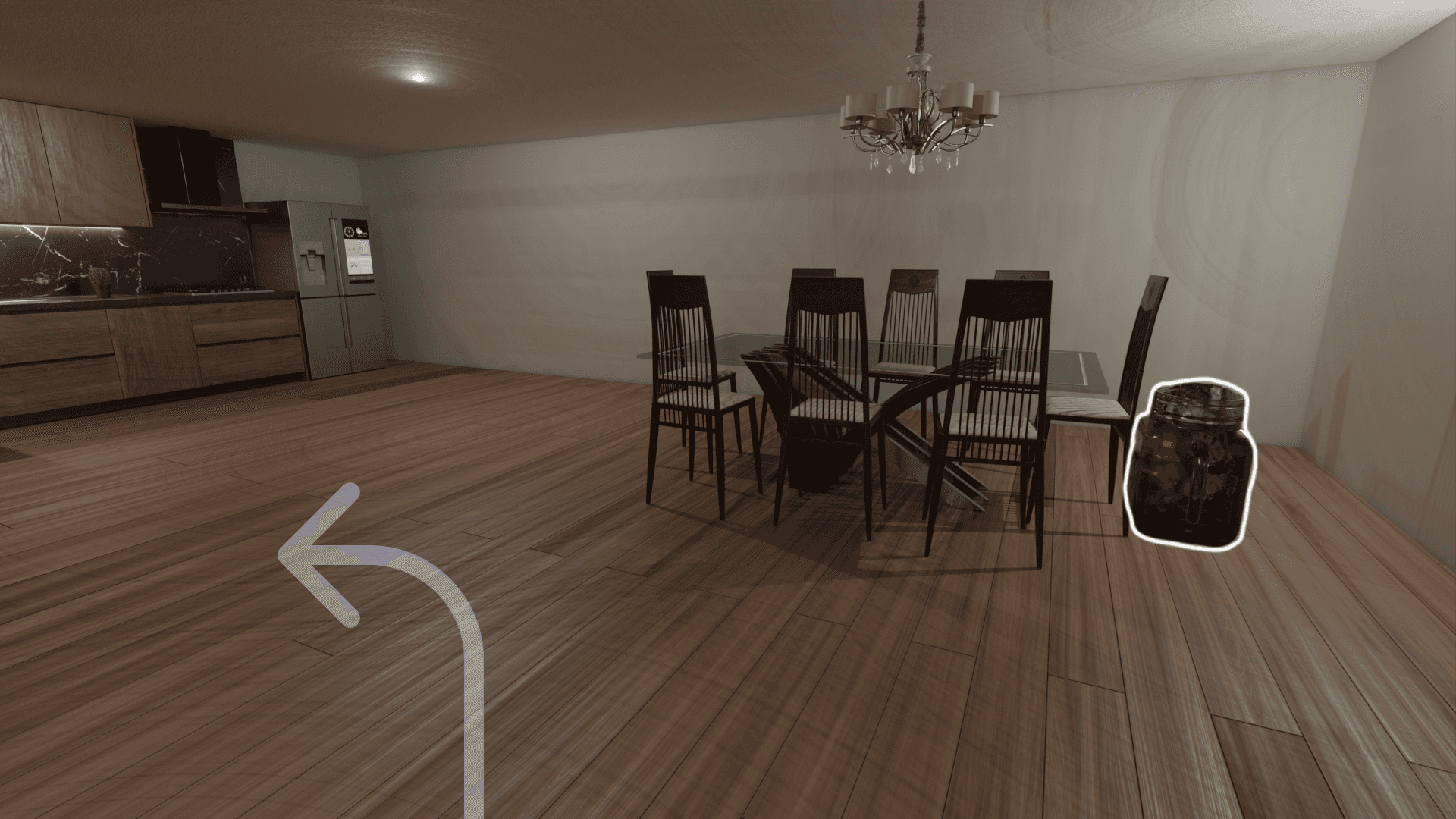


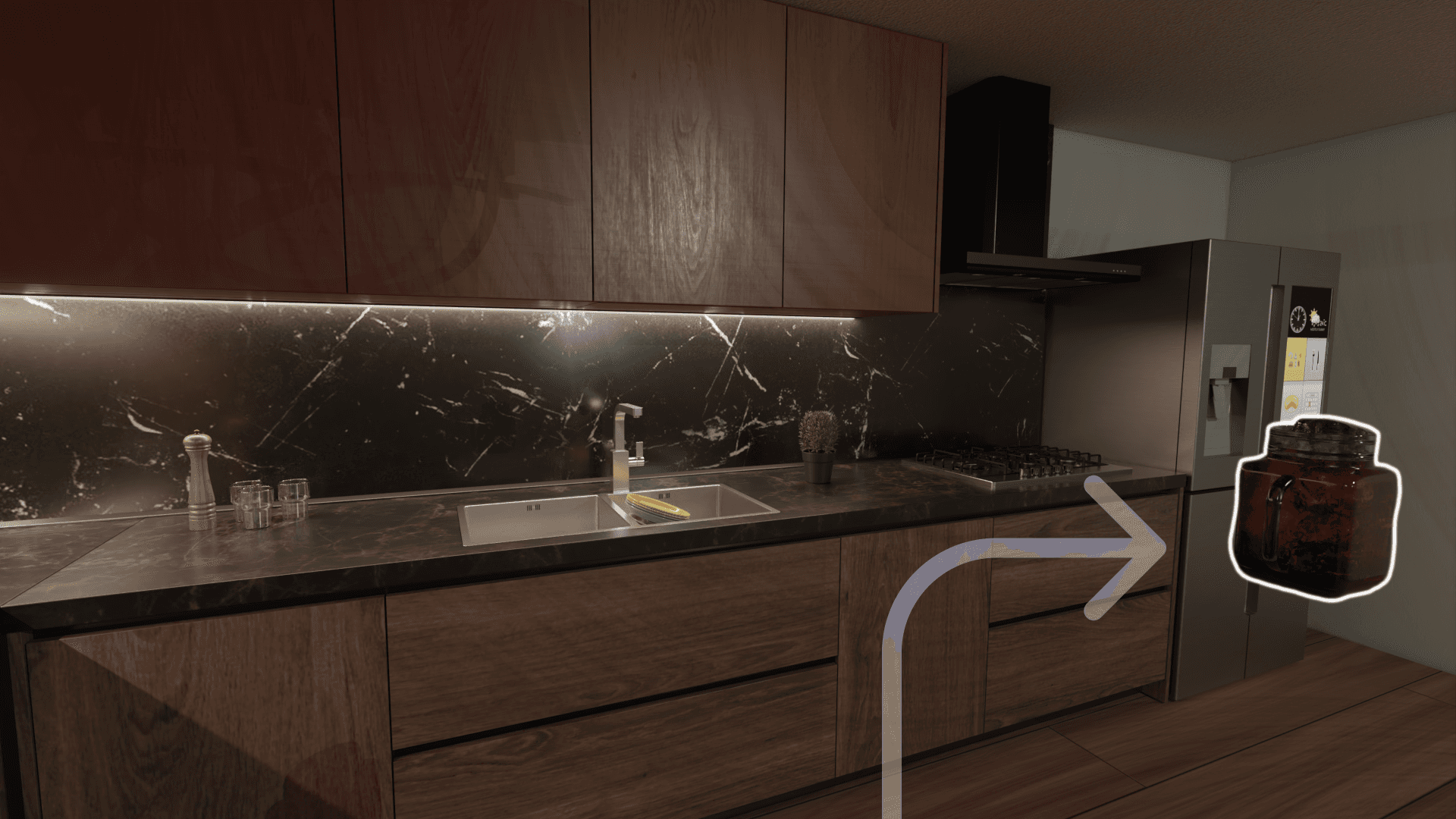


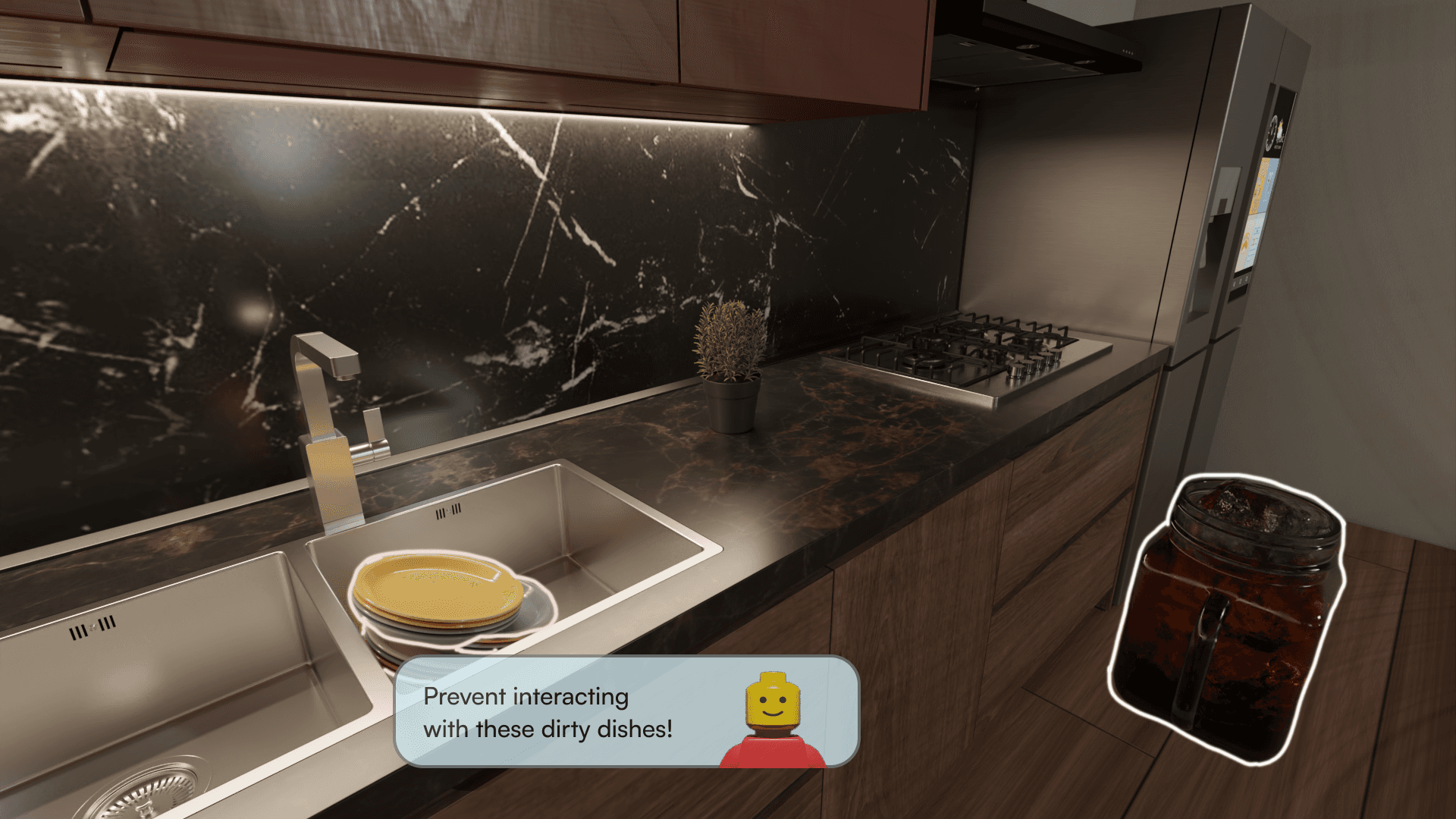








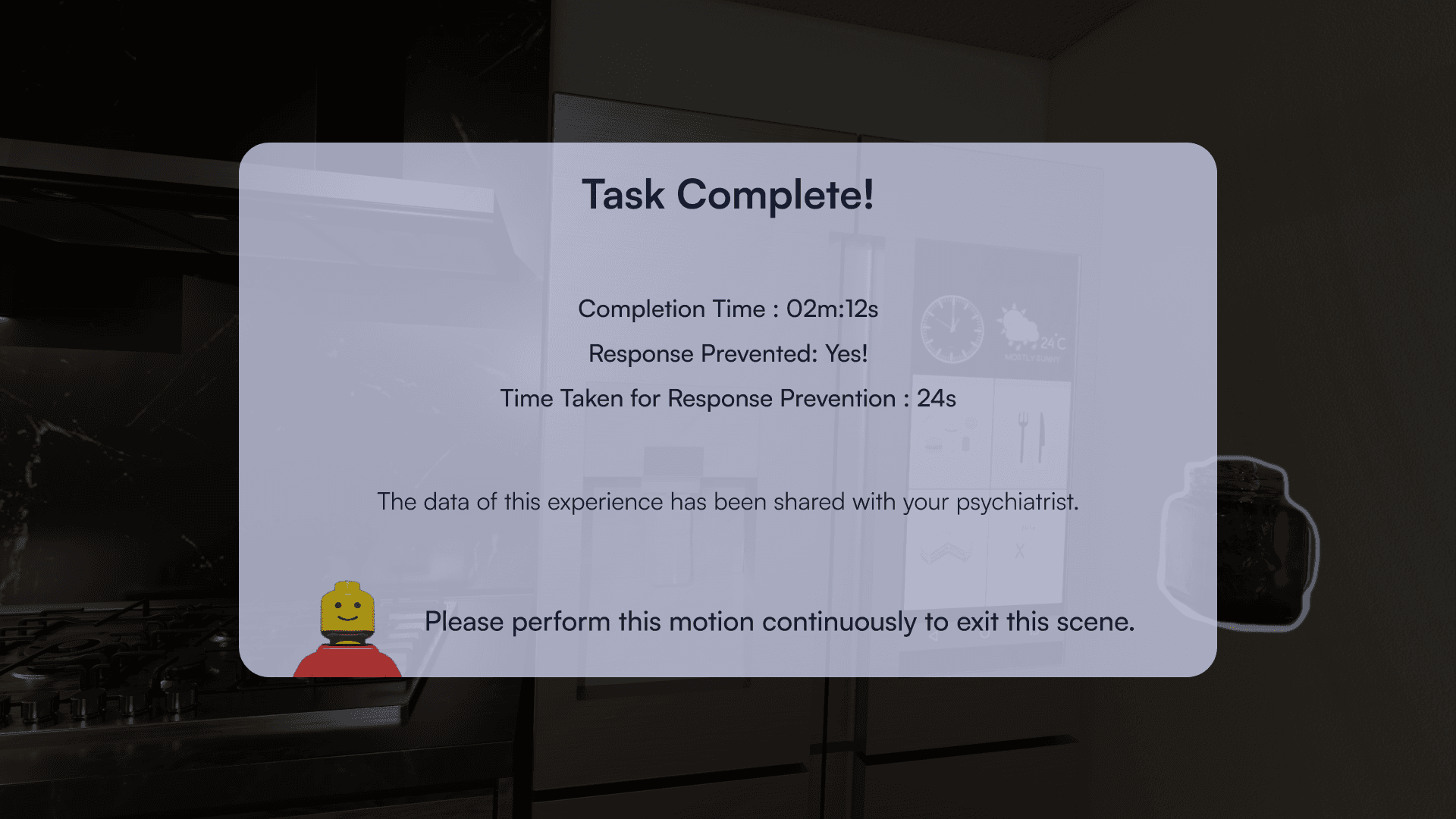


Connect to Content
Add layers or components to infinitely loop on your page.


Built with
and lots of
Back To Top
Copyright © Param Dadegaonkar
Jump To:
Jump To: